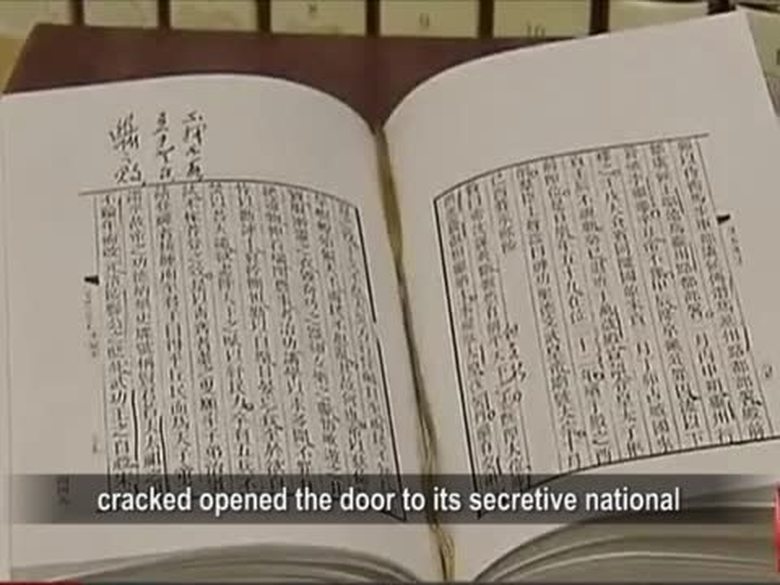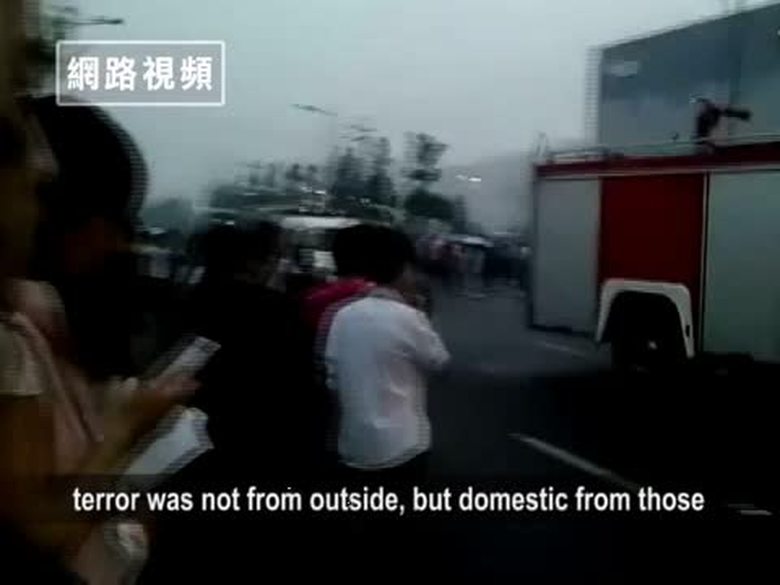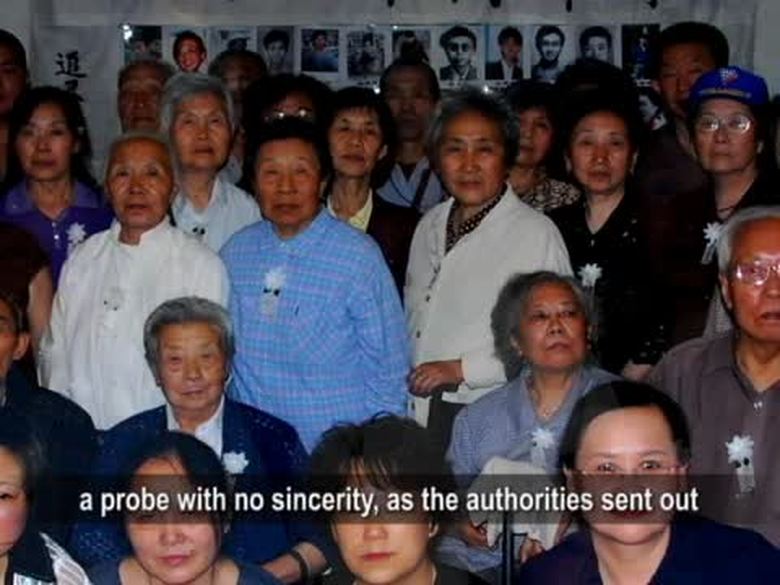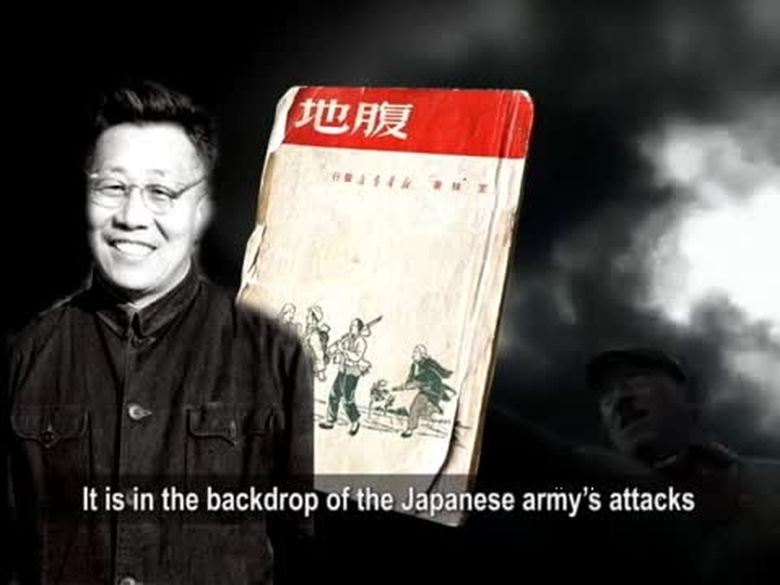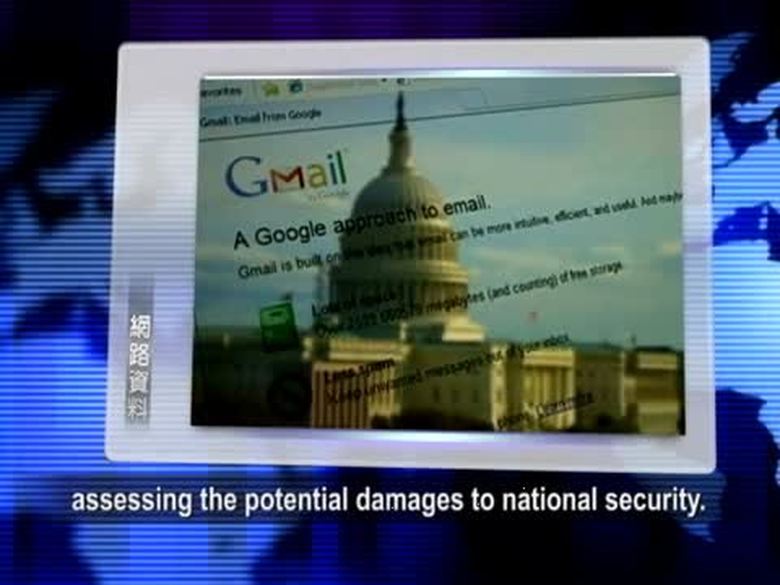【新唐人2011年6月3日訊】在內蒙古早前發生的大規模蒙族人的抗議,中共採取了嚴厲的壓制措施。到6月2號,當局繼續加強安全戒備和消息的封鎖。在呼和浩特市的民眾向本臺反映,呼和浩特氣氛仍然緊張,處處設卡,政府機關不准靠近,部分高校不准師生自由出入。
呼和浩特市的蒙古族人,在網上發起有近千人參加的5.30集會,因當局的大力鎮壓而告終。緊跟著的兩天,氣氛依舊緊張。6月2號到呼和浩特市上訪的訪民,向記者描述了呼和浩特市的情況。
訪民:“我現在就在現場,在呼和浩特,出入不自由。那都是軍隊和警察,都戒嚴了,出入都得檢查,學校出入都檢查,內蒙大學、內蒙師範大學、內蒙農業大學,任何人都不能靠近這幾個地方。掛著警戒線,出入都得檢查。”
香港《無線電視臺》週二從呼和浩特發回的報導說,當地大學封校要到6號才解封,也就是要等到敏感日「六四」之後。
這位訪民還透露,他去政府機關上訪都不接待,打電話也沒人接。
訪民:“政府門都戒著嚴,任何人不能靠近內蒙古黨委政府,我今天就剛從那來。我在呼市上訪呢,現在那裏黨委還不接見,戒嚴呢,都是武警和公安把著大門口,任何人不能靠近。”
而中共除了在當地採取嚴密的安全措施之外,還加強了有關內蒙古抗議事件的消息封鎖。
《美國之音》說,在世界各國媒體關注內蒙的緊張局勢的同時,中國時間5月31號晚上,通過“新浪網”搜索有關內蒙古的新聞,第一條新聞是:天氣新聞;而且第二、第三、第四條也都是天氣新聞。
《法國國際廣播電臺》報導,總部設在巴黎的「無國界記者」團體週二發表公報,譴責中共政府因為內蒙古近日發生的抗議示威活動,而加緊網路封鎖。
公報指出,在通遼市,一些博客作者和網民受到公安傳訊,在呼和浩特,許多網吧由於連網速度不夠而關閉,移動電話網路也完全被封鎖,網路聊天工具QQ和其他社交網路都被切斷。微博、新浪等迷你博客裡,有關遊行活動的內容全部被刪除。
內蒙古過去一個月來接連發生的示威事件,導火索是一名漢族司機軋死了一名牧民,以及當地一名抗議者,參加了反對當地煤礦造成污染的示威活動,而被打死的事件。
追溯歷史,中共建政以來,有成千上萬的蒙古人遭到當局的殺戮。資深政治評論家曹長青在1997年曾與蒙古族學者巴赫進行訪談。
巴赫在訪談中談到,內蒙古也像新疆一樣,在20世紀初就開始了獨立運動。當時的國民政府允許蒙古人高度自治,允許保留蒙古自衛軍十個師。國民政府負責外交和國防,其他都交由蒙古自治政府自理。
巴赫介紹說, 1950年,中共軍隊進軍內蒙古,在內蒙實行了所謂的「社會主義改造」:開礦建廠,建造重工業,並強迫蒙古牧民在草原上種糧食,強行推行“人民公社”政策,同時把大量漢人遷入內蒙。
在文革中,北京軍區副司令騰海清調到內蒙出任“內蒙古自治區革委會”主任。他在清查所謂的“內人黨”——內蒙古人民黨時,逮捕關押了80萬人。在這場大殺戮中,有5萬蒙古人被拷打迫害致死,多達50萬人致殘。
袁紅冰(中國法學家):“那麼,這一次的運動,不由得讓我想到,2008年的時候,在西藏,在拉薩,年輕的藏人啊,迎著共產黨的槍口,走過去,他高聲喊道,我就是幾十年前被你們殺死的藏人。今天這個現象,可以說在內蒙古又重現了。也就是說,幾十年前,被共產黨屠殺,因為共產黨屠殺死去的那些,有良知的蒙古族知識份子,現在,又在青年一代的生命中復活了。”
袁紅冰認為,中共對內蒙古人實行的文化性的種族滅絕政策,終究會失敗的。蒙古人為了自己的尊嚴和生存,一定會起來反抗中共暴政。
新唐人記者梁欣、李靜、肖顏採訪報導。
Inner Mongolia Still Under Martial Law
The Chinese Communist Party (CCP) adopted
a harsh repressive measure to the recent large-scale
protest in Inner Mongolia. On June 2, authorities
continue to tighten security and block information.
People in Hohhot told NTD that the atmosphere
in Hohhot remained tense. No one can approach
government agencies, students and staff at some
universities aren』t allowed to enter or leave school.
Originally initiated online, Inner Mongolians
in Hohhot held an assembly with nearly 1,000
participants on May 30. The atmosphere remains
tense until this point. Petitioners who went
to Hohhot told NTD reporter of the situation there.
Petitioner: “I』m here in Hohhot. We don』t have
freedom to come and go. Military and police forces
are everywhere. Martial law is imposed. People
need to check in and out at schools, Inner Mongolia
University, Inner Mongolia Normal University,
Inner Mongolia Agricultural University.
No one is allowed to get close to these places.
They all have to be checked."
Hong Kong』 TVBPV reported back from Hohhot
on Tuesday that local universities will reopen
on June 6, after the sensitive June 4.
The petitioner also said that no one at government
agencies met him, nor would they answer his calls.
Petitioner: “Martial law is enforced. No one can
get close to the CCP committee compound. I came
to Hohhot to petition, but the CCP committee
members did not meet me. The gate was guarded
by armed police and the public security staff.
No one is allowed to get close."
In addition to the security measures,
the CCP also strengthened its news blockade.
On May 31, Voice of America reported that even
with worldwide attention on the tense situation
in Inner Mongolia, when one searches Sina.com ,
the first news article is about the weather,
along with the second, third and fourth.
According to Radio France Internationale,
Paris-based Reporters Without Borders (RWB)
issued a statement on Tuesday condemning CCP』s
Internet blockage on protests in Inner Mongolia.
RWB stated that in Liaotong City netizens
were summoned by the public security bureau.
In Hohhot, many Internet cafes closed
due to insufficient network speed. Mobile phone
networks are also completely blocked. QQ online
chat and other social networking tools are cut off,
and blogs about the protest were all deleted.
The protests in Inner Mongolia over the past month
were originally caused by two incidents: a Chinese
driver run over and killed a herdsman, and a local
protester beaten to death for taking part in rallies
against the pollution by the local coal mines.
.
Since CCP established its regime, tens of thousands
of Mongolians have been killed. Cao Changqing,
a senior political commentator interviewed
Mongolian scholar Bache back in 1997.
Bache: “Like Xinjiang, Inner Mongolia started
its independence movement in the 20th century.
The then KMT government gave Mongolians
a high degree of autonomy, allowing them to keep
10 divisions of self-Defense army. The KMT
government is responsible for foreign affairs
and defense, everything else was taken care of
by the autonomous government of Mongolia.”
Bache said that in 1950, the CCP army entered
Inner Mongolia and implement the so-called
“socialist transformation,” such as building mining
plants and heavy industries. CCP forced Mongolian
herders to plant grains, and implemented
the “people's communes" policy. Meanwhile,
large numbers of Han people moved into the region.
During the Cultural Revolution, Beijing Military
Region Deputy Commander Teng Haiqing
was Transferred to Inner Mongolia to be the
"Revolutionary Committee Chair of the
Inner Mongolia Autonomous Region." He arrested
over 80,000 people during the “clean-up”
of the Mongolia People's Party. 50,000 Mongols
were tortured to death, and as many as
500,000 people were left disabled.
Yuan Hongbing (Chinese jurist): "This reminds me
of Lhasa, Tibet in 2008, when Tibetan youth walked
to the guns and shouted: 『I am the Tibetan you killed
decades ago.』 Today, its the same in Inner Mongolia.
The Mongolian intellectuals massacred by the CCP
decades ago speak through the young generation."
Yuan Hongbing thinks the CCP』s cultural genocide
in Inner Mongolia will eventually fail.
Mongols, for their own dignity and survival,
will stand up to protest against the CCP tyranny.
NTD reporters Liang Xin, Li Jing and Xiao Yan









